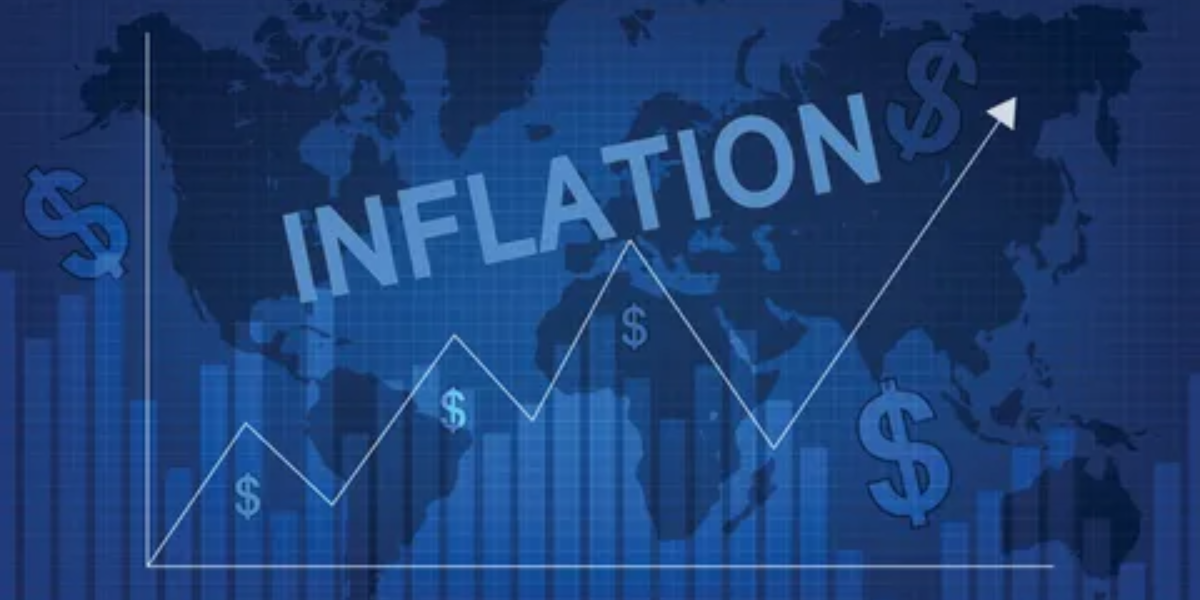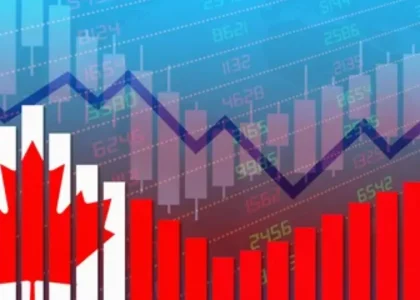Headline Inflation Slows More Than Expected To 2.8% In June
Understanding Headline Inflation

Inflation is a measure of the rate at which the general level of prices for goods and services is rising, eroding purchasing power. Headline inflation specifically refers to the overall inflation within an economy, often calculated using a basket of goods and services consumed by the average household. It’s a crucial economic indicator monitored by governments, central banks, investors, and consumers alike.
Significance of Inflation Rate
The inflation rate impacts various aspects of the economy, including consumer spending, business investment, and monetary policy. High inflation can erode savings and reduce the standard of living, while deflation can lead to decreased consumer spending and economic stagnation. Hence, maintaining stable inflation is a key objective for policymakers.
June’s Headline Inflation: A Closer Look

The latest headline inflation figure for June surprised many economists, as it slowed more than anticipated, reaching 2.8%. This figure represents the year-over-year change in prices from June of the previous year. It’s essential to delve into the factors driving this slowdown and its implications for the economy.
Factors Influencing Inflation
Inflation is influenced by various factors, including demand and supply dynamics, wage levels, exchange rates, and government policies such as fiscal and monetary measures. Understanding these factors helps in comprehending the fluctuations in inflation rates.
Government Policies and Inflation

Governments employ fiscal and monetary policies to influence inflation. Fiscal policies, such as taxation and government spending, can affect aggregate demand. Meanwhile, central banks use monetary policies, like interest rate adjustments and open market operations, to manage inflation and stabilize the economy.
Impact of Inflation on Economy
Inflation impacts various economic agents differently. While borrowers might benefit from inflation by repaying loans with less valuable currency, savers may see the purchasing power of their savings diminish. Additionally, inflation can influence investment decisions and international trade competitiveness.
How Headline Inflation is Measured

Headline inflation is typically measured using price indices, such as the Consumer Price Index (CPI) or the Producer Price Index (PPI). These indices track the changes in prices of a predetermined basket of goods and services over time.
Analyzing the 2.8% Inflation Rate
The 2.8% inflation rate for June reflects a deceleration in price increases compared to previous months. Economists analyze this data alongside other economic indicators to assess the health of the economy and potential implications for future policy decisions.
Expectations vs. Reality: Why Did Inflation Slow Down?

The slowdown in inflation might be attributed to various factors, including subdued consumer demand, lower energy prices, and supply chain disruptions. Additionally, government interventions and central bank policies might have played a role in stabilizing prices.
Market Reactions to Inflation Data
Financial markets often react swiftly to inflation data releases. A lower-than-expected inflation rate could lead to adjustments in interest rate expectations, influencing bond yields, stock prices, and currency exchange rates.
Implications for Consumers

For consumers, lower inflation rates can translate to stable or even declining prices for goods and services, potentially improving purchasing power. However, persistent low inflation or deflationary pressures could signal underlying economic weaknesses.
Forecasting Future Inflation Trends
Economists and analysts continuously monitor economic indicators to forecast future inflation trends. Factors such as employment levels, wage growth, and geopolitical developments are considered in predicting inflationary pressures.
Navigating Economic Changes

June’s headline inflation figure of 2.8% underscores the dynamic nature of the economy and the importance of monitoring inflation trends. Understanding the drivers of inflation and their implications empowers individuals, businesses, and policymakers to navigate economic changes effectively. As we move forward, staying informed and adaptable remains key in responding to evolving economic conditions.
Click here for more visited Posts!




